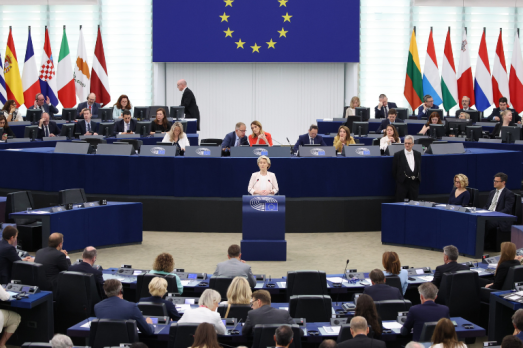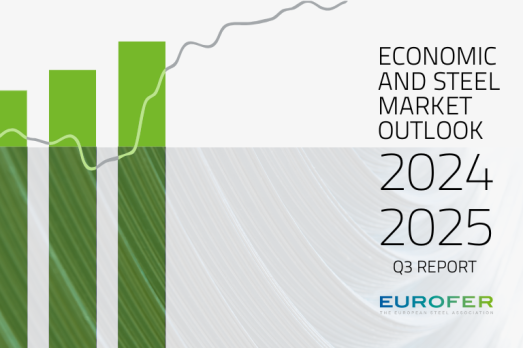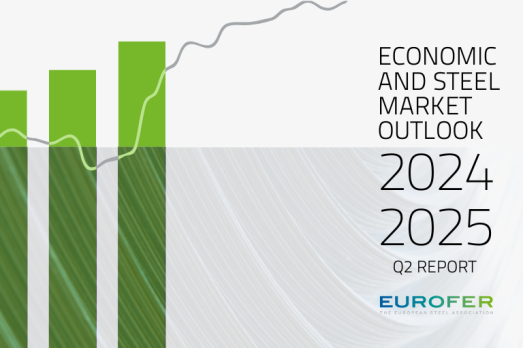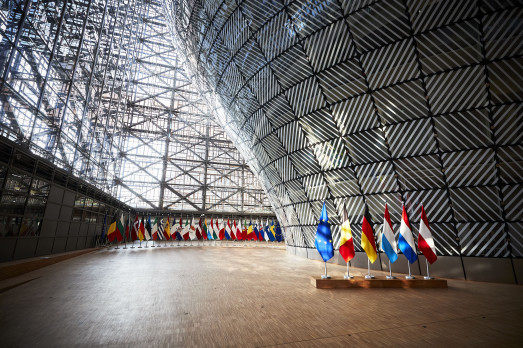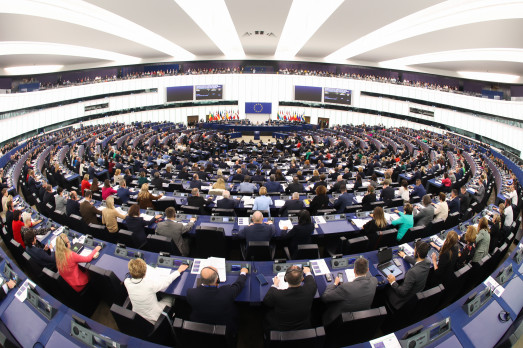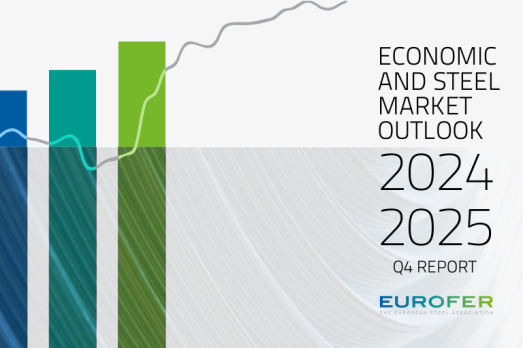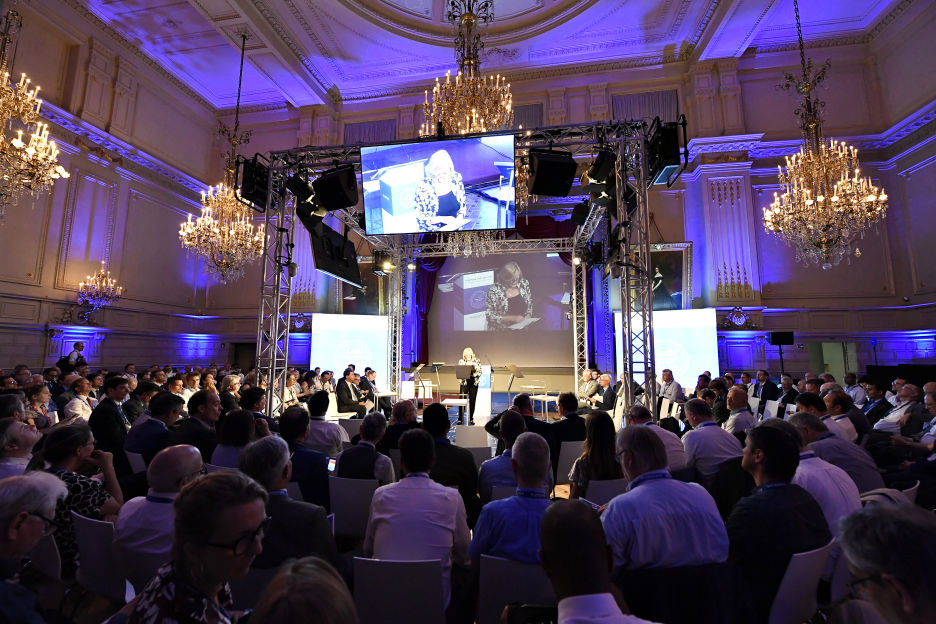Press release: Von der Leyen’s re-election: time for pragmatic implementation of Clean Industrial Deal with steel at its core for a stronger Europe, says EUROFER - 18 July 2024
Picture Copyright: European Union, 2024 Source: EC - Audiovisual Service
Brussels, 18 July 2024 – The re-election of Ursula von der Leyen as President of the European Commission paves the way for the continuation of the ambitious initiatives started in her first term. For a stronger and prosperous Europe, defining a pragmatic set of measures within the first 100 days of the new Commission mandate is the right step forward to ensure the success of the EU’s industry transition, if properly implemented. The European Steel Association urges that the Clean Industrial Deal be complemented as a priority by a European Steel Pact, as proposed by the German delegation to the European People’s Party (EPP).
Economic and market outlook: Economic and steel market outlook 2024-2025, third quarter - 25 July 2024
Third quarter 2024 report. Data up to, and including, first quarter 2024
